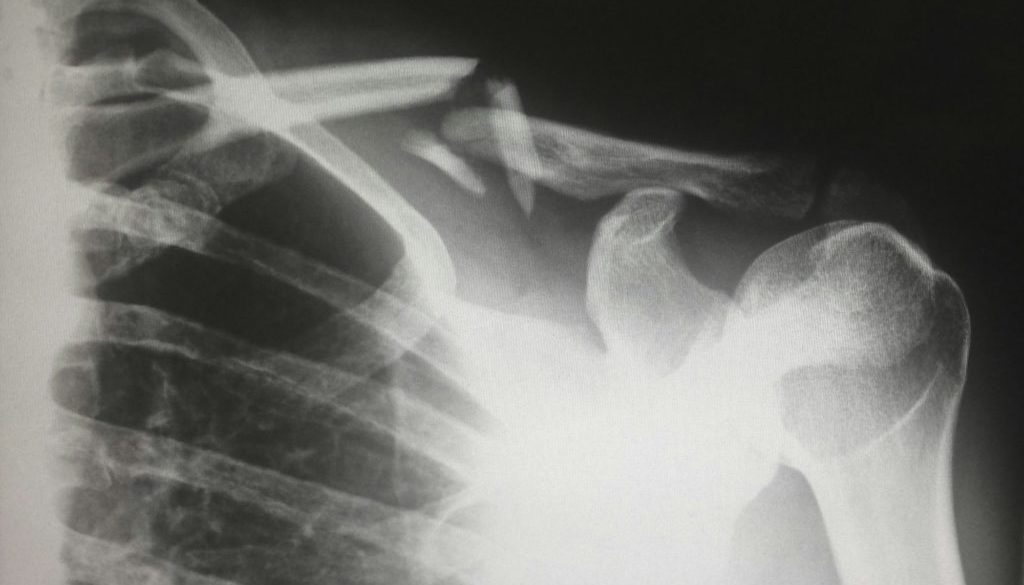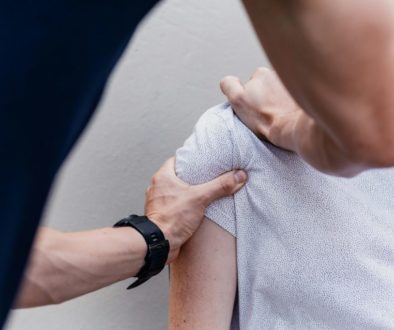How to Document Your Injuries for a Stronger Case
Documenting your injuries accurately is a crucial step in building a strong personal injury case. Proper documentation not only helps establish the extent of your injuries but also supports your claims for compensation. Here’s a comprehensive guide on how to effectively document your injuries to strengthen your case.
1. Seek Immediate Medical Attention
The first and most important step is to seek immediate medical attention following an injury. This not only ensures your health and safety but also creates an official record of your injuries. Ensure that you:
- Visit a healthcare professional: Go to a hospital, clinic, or your primary care physician as soon as possible after the incident.
- Follow medical advice: Adhere to all prescribed treatments and follow-up appointments to demonstrate the seriousness of your injuries.
- Obtain medical records: Request copies of all medical records, including diagnosis, treatment plans, prescriptions, and doctor’s notes. These documents are critical evidence of your injuries and the required medical care.
2. Keep a Personal Injury Journal
Maintaining a detailed journal can significantly strengthen your case. Record the following information:
- Daily symptoms: Note the severity and frequency of your pain and other symptoms. Include details about how these symptoms impact your daily life.
- Emotional impact: Document any emotional or psychological effects, such as anxiety, depression, or insomnia, resulting from your injuries.
- Missed activities: Record any workdays missed, social activities you could not attend, and any other disruptions to your normal routine.
A well-maintained journal can provide a personal perspective on how the injury has affected your life, supplementing medical records with qualitative evidence.
3. Photograph Your Injuries
Visual documentation is a powerful tool in personal injury cases. Take clear, well-lit photographs of your injuries as soon as possible and continue taking photos as your injuries heal. Follow these tips:
- Take multiple angles: Capture your injuries from various angles to provide a comprehensive view.
- Include timestamps: Ensure that your photos are time-stamped to establish a timeline of your injury and recovery.
- Document progress: Regularly update your photos to show the healing process and any complications or long-term effects.
4. Gather Witness Statements
If there were witnesses to the incident that caused your injury, their statements could be valuable. Witnesses can provide an unbiased account of what happened, supporting your version of events. To collect witness statements:
- Contact witnesses: Reach out to individuals who saw the incident and ask them to provide a written statement detailing what they observed.
- Record details: Make sure the statements include the date, time, and location of the incident, along with the witness’s contact information.
5. Preserve Physical Evidence
If there is any physical evidence related to your injury, such as damaged personal belongings, clothing, or safety equipment, preserve it. This evidence can be crucial in demonstrating the circumstances of your injury.
- Store items securely: Keep any damaged items in a safe place, preferably in the condition they were in immediately following the incident.
- Take photographs: Photograph the physical evidence from multiple angles to create a visual record.
6. Obtain Relevant Documents
Collect and organize all relevant documents that can support your claim. This includes:
- Incident reports: If your injury occurred in a public place or at work, obtain a copy of any official incident or accident reports.
- Insurance correspondence: Keep all communications with insurance companies, including emails, letters, and notes from phone calls.
- Expense records: Maintain receipts and records of all expenses related to your injury, such as medical bills, travel expenses for treatment, and costs for medical devices.
Conclusion
Thoroughly documenting your injuries and the impact they have on your life is essential for building a strong personal injury case. By seeking immediate medical attention, keeping a detailed journal, photographing your injuries, gathering witness statements, preserving physical evidence, and collecting relevant documents, you can provide comprehensive evidence to support your claim. This meticulous approach will significantly enhance your chances of obtaining fair compensation for your injuries.
For more detailed information and personalized advice, contact Hilborn and Konduros, legal professionals specializing in personal injury law.



